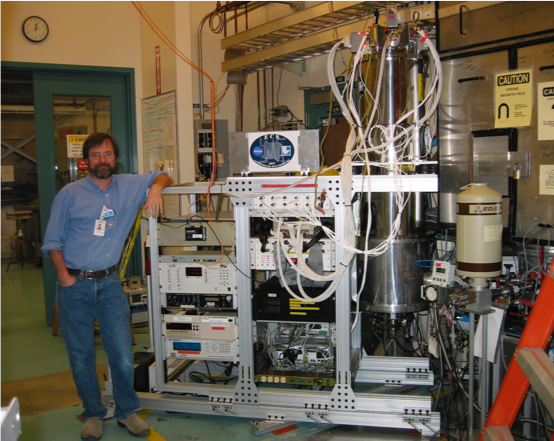Laboratory Astrophysics
Laboratory Astrophysics

Spectroscopy is a powerful astronomical observational technique which exploits the fact that atoms and ions emit light at specific discrete energies, with the amount of light emitted at different discrete energies depending on the atom or ion, as well as the physical conditions it is in, allowing measurement of temperature, density/pressure, abundances of chemical elements, gas velocities, and many other properties. All astrophysical spectroscopy depends on a strong quantitative understanding of the properties of these atoms and ions. The basis of our understanding comes from atomic theory; this is well-understood in principle, and theory is routinely used as a primary tool in building models that are used to astrophysical spectra, but in practice attaining the quantitative precision required is quite challenging, and extensive experimental benchmarking of theory is required. This combination of theoretical modeling and experimental benchmarking is known as laboratory astrophysics.
The X-ray Astrophysics Laboratory is engaged in a program of laboratory astrophysics research aimed at providing tools to interpret high resolution X-ray spectra obtained with past, current and future X-ray astronomy instruments, including the grating spectrometers onboard Chandra and XMM-Newton, the X-ray calorimeter imaging spectroscopy instrument Hitomi/SXS , as well as the future grating and calorimeter instruments XRISM/Resolve, Athena/XIFU, and Lynx. We have deployed a number of production X-ray calorimeter spectrometers to the Lawrence Livermore National Laboratories (LLNL) Electron Beam Ion Trap (EBIT) facility. Here we are able to make precision measurements of transition energies and cross sections for a wide range of processes, and for any charge state of any element. We also collaborate extensively with other institutions featuring diverse experimental capabilities in laboratory astrophysics, including the Max Planck Institute for Nuclear Physics in Heidelberg, as well as a number of synchrotron facilities.
